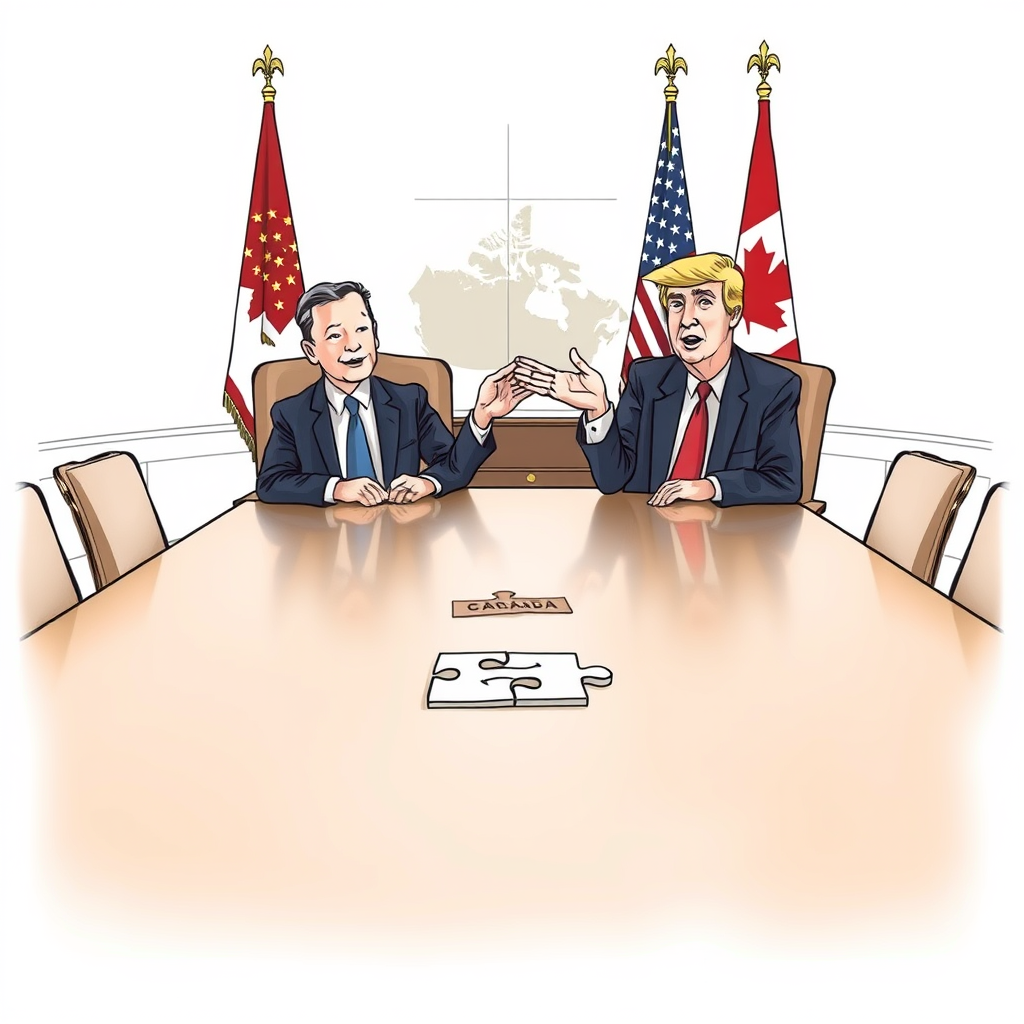Carney Shifts Stance: Canada's New Approach to Trump

Prime Minister Mark Carney’s recent visit to the White House signaled a marked shift in tone towards President Donald Trump, a departure from the staunchly protective stance he adopted during his recent election campaign. Just weeks ago, Carney led his Liberal Party to a surprising victory, fueled by a nationalist message directly responding to Trump’s threats and rhetoric regarding Canada. Now, however, the Canadian leader appears to be prioritizing pragmatic diplomacy over political posturing.
The meeting began with an unexpectedly cordial exchange. Trump, acknowledging Carney’s electoral comeback – and subtly claiming credit for it – set a surprisingly respectful tone. This contrasted sharply with past interactions, notably the contentious meeting with Ukrainian President Volodymyr Zelensky. The initial atmosphere offered a palpable sense of relief, particularly given the stakes: while Trump has downplayed the possibility of military annexation, he retains significant leverage over Canada’s $1 trillion annual trade with the U.S.
During the campaign, Carney aggressively countered Trump’s narrative, employing slogans like “Canada Strong” and “elbows up” and vowing not to engage with the President until Canadian sovereignty was respected. He accused Trump of attempting to undermine Canada for economic gain. In Washington, however, Carney adopted a markedly different approach, praising Trump’s focus on the American economy and border security.
The shift was evident throughout the meeting. Carney largely allowed Trump to dominate the conversation, reserving his energy for a private working lunch focused on trade renegotiation and tariff reduction. While Trump revisited the idea of adding Canada as the “51st state,” Carney deftly parried the suggestion, drawing a parallel to prime real estate – and pointedly noting they were currently standing in a non-negotiable location – the White House. He even silently mouthed the word “never” multiple times.
In a post-meeting press conference, Carney emphasized a “concrete path forward” for trade discussions, characterizing the negotiations as “complex.” He skillfully avoided addressing his previous critical comments about Trump. This transformation from campaign fighter to pragmatic diplomat suggests a recognition that direct confrontation with the U.S. President is far more challenging than rallying domestic support.
Carney and his team appear to have concluded that engaging with Trump directly, even if it requires a degree of deference, is the most viable path forward. The alternative – a prolonged standoff with the world’s dominant economic power – would be a risky and potentially disastrous undertaking for Canada. While some may view this as a softening of principles, it’s a calculated move reflecting the realities of power dynamics and the necessity of protecting Canadian economic interests. The visit wasn’t simply “elbows down,” but a careful calibration of risk and reward, prioritizing negotiation over confrontation.